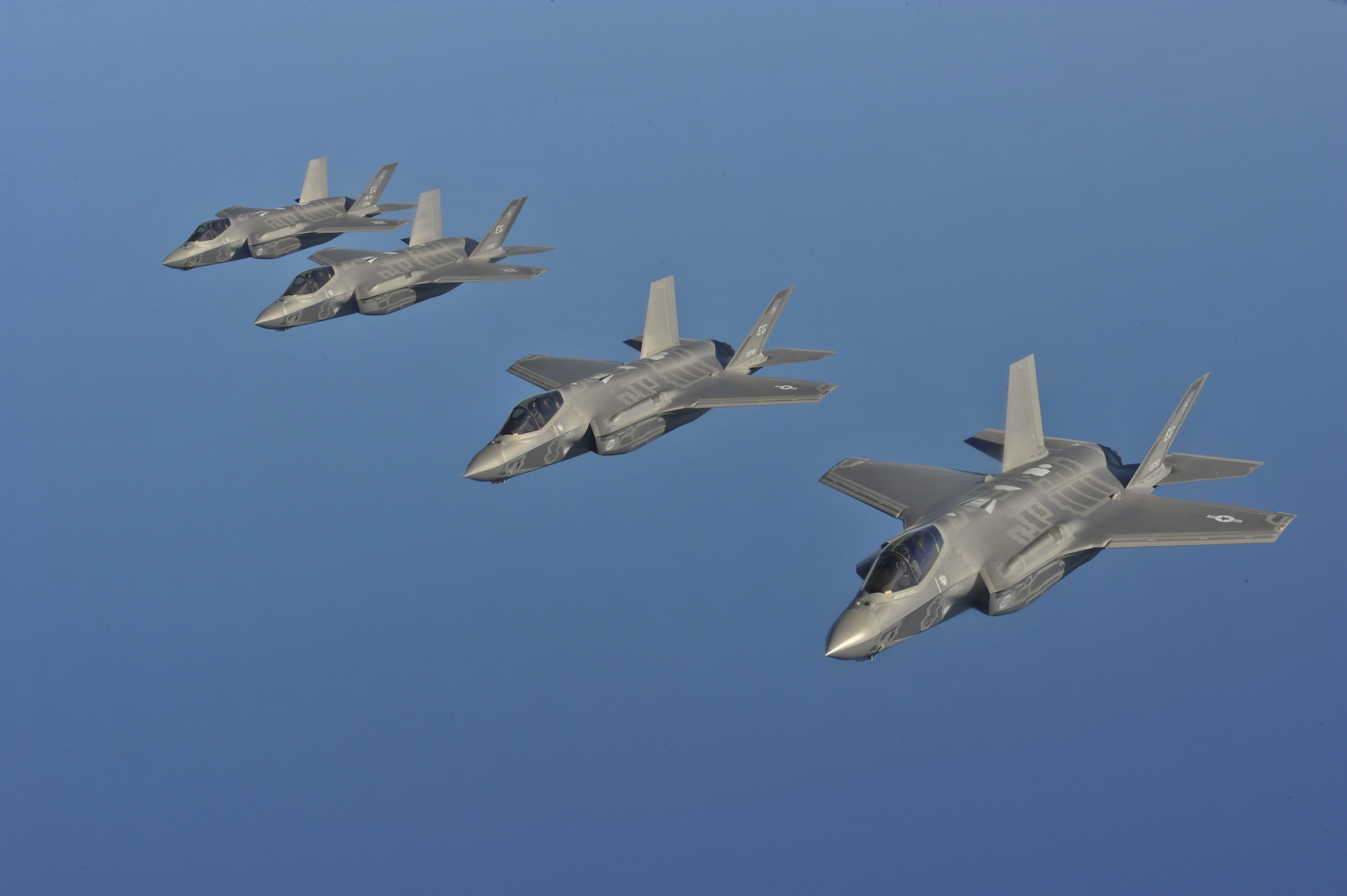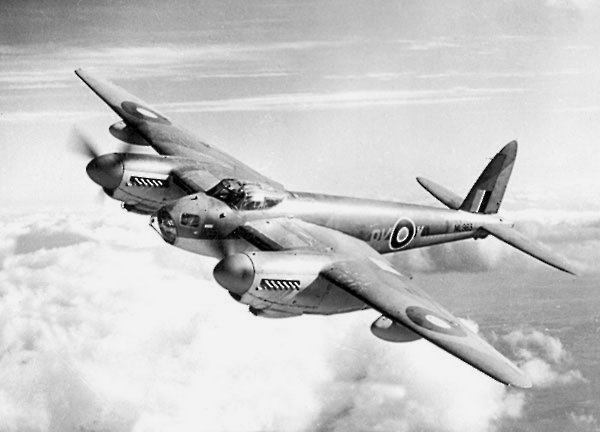Multirole combat aircraft on:
[Wikipedia]
[Google]
[Amazon]
 A multirole combat aircraft (MRCA) is a combat aircraft intended to perform different roles in combat. These roles can include air to air combat, air support,
aerial bombing,
A multirole combat aircraft (MRCA) is a combat aircraft intended to perform different roles in combat. These roles can include air to air combat, air support,
aerial bombing,

 A multirole combat aircraft (MRCA) is a combat aircraft intended to perform different roles in combat. These roles can include air to air combat, air support,
aerial bombing,
A multirole combat aircraft (MRCA) is a combat aircraft intended to perform different roles in combat. These roles can include air to air combat, air support,
aerial bombing, reconnaissance
In military operations, military reconnaissance () or scouting is the exploration of an area by military forces to obtain information about enemy forces, the terrain, and civil activities in the area of operations. In military jargon, reconnai ...
, electronic warfare, and suppression of air defenses.
Definition
A Multi-role fighter aircraft is a type of military jet that is designed to perform a variety of combat missions rather than being specialized for a single role. These aircraft combine the capabilities of air-to-air fighters and air-to-ground attack aircraft, offering versatility and efficiency on the battlefield. More roles can be added, such asaerial reconnaissance
Aerial reconnaissance is reconnaissance for a military or Strategy, strategic purpose that is conducted using reconnaissance aircraft. The role of reconnaissance can fulfil a variety of requirements including Artillery observer, artillery spott ...
, forward air control, and electronic-warfare aircraft. Attack missions include the subtypes air interdiction, suppression of enemy air defense (SEAD), and close air support (CAS).

Multirole vs air-superiority
Multirole has also been applied to one aircraft with both major roles, a primary air-to-air combat role, and a secondary role like air-to-surface attack. However, those designed with an emphasis on aerial combat are usually regarded as air superiority fighters and usually deployed solely in that role, even though they are theoretically capable of ground attack. The Eurofighter Typhoon andDassault Rafale
The Dassault Rafale (, literally meaning "gust of wind", or "burst of fire" in a more military sense) is a French Twinjet, twin-engine, Canard (aeronautics), canard delta wing, Multirole combat aircraft, multirole fighter aircraft designed and ...
are classified as multirole fighters; however the Typhoon is frequently considered an air superiority fighter due to its higher dogfighting prowess while its built-in strike capability has a lighter bomb load compared to contemporaries like the Rafale, which sacrifices air-to-air ability for a heavier payload.
For the US Navy, the F-14 Tomcat was initially deployed solely as an air-superiority fighter, as well as fleet defense interceptor and tactical aerial reconnaissance. By contrast, the multirole F/A-18 Hornet was designed as strike fighter while having only enough of an edge to defend itself against enemy fighters if needed. While the F-14 had an undeveloped secondary ground attack capability (with a Stores Management System (SMS) that included air-to-ground options as well as rudimentary software in the AWG-9), the Navy did not want to risk it in the air-to-ground role at the time, due to its lack of proper defensive electronic countermeasures (DECM) and radar homing and warning (RHAW) for overland operations, as well as the fighter's high cost. In the 1990s, the US Navy added LANTIRN pods to its F-14s and deployed them on precision ground-attack missions.
Swing-role
Some aircraft, like the Saab JAS 39 Gripen, are called ''swing-role'', to emphasize the ability of a quick role change, either at short notice, or even within the same mission. According to the Military Dictionary: "the ability to employ a multi-role aircraft for multiple purposes during the same mission." According to BAE Systems, "an aircraft that can accomplish both air-to-air and air-to-surface roles on the same mission and swing between these roles instantly offers true flexibility. This reduces cost, increases effectiveness and enhances interoperability with allied air forces". " wing-rolecapability also offers considerable cost-of-ownership benefits to operational commanders.".History
Although the term "multirole aircraft" may be relatively novel, certain airframes in history have proven versatile to multiple roles. In particular, the Junkers Ju 88 was renowned in Germany for being a "jack-of-all-trades", capable of performing as a bomber, dive bomber, night fighter, and so on, much as the Britishde Havilland Mosquito
The de Havilland DH.98 Mosquito is a British twin-engined, multirole combat aircraft, introduced during the World War II, Second World War. Unusual in that its airframe was constructed mostly of wood, it was nicknamed the "Wooden Wonder", or " ...
did as a fast bomber/strike aircraft, reconnaissance, and night fighter. The Hawker Hart was also quite 'multirole' in its numerous variants, being designed as a light bomber but serving as an army cooperation aircraft, a two-seat fighter, a fleet spotter, a fighter-bomber (in fact it was probably the first) and a trainer.
The US joint forces F-4 Phantom II built by McDonnell-Douglas also fits the definition of a multi-role aircraft in its various configurations of the basic airframe design. The various F-4 Phantom II configurations were used in air-to-air, fighter bomber, reconnaissance, and suppression of enemy air defenses ( SEAD) mission roles to name a few.
The first use of the term was by the multinational European project named Multi-Role Combat Aircraft, which was formed in 1968 to produce an aircraft capable of tactical strike, aerial reconnaissance
Aerial reconnaissance is reconnaissance for a military or Strategy, strategic purpose that is conducted using reconnaissance aircraft. The role of reconnaissance can fulfil a variety of requirements including Artillery observer, artillery spott ...
, air defense, and maritime roles. The design was aimed to replace a multitude of different types in the cooperating air forces. The project produced the Panavia Tornado
The Panavia Tornado is a family of twin-engine, variable-sweep wing multi-role combat aircraft, jointly developed and manufactured by Italy, the United Kingdom and Germany. There are three primary #Variants, Tornado variants: the Tornado IDS ...
, which used the same basic design to undertake a variety of roles, the Tornado IDS (Interdictor/Strike) variant and later the Panavia Tornado ADV (Air Defence Variant). By contrast, the F-15 Eagle which was another fighter aircraft of that era was designed for air superiority and interception, with the mantra "not a pound for air to ground", although the F-15C did have a rarely used secondary ground attack capability. That program eventually evolved into the F-15E Strike Eagle interdictor/strike derivative which retained the air-to-air combat lethality of earlier F-15s.
The newest fighter jet that fits the definition of 'multi-role' is the Lockheed Martin F-35 Lightning II
The Lockheed Martin F-35 Lightning II is an American family of single-seat, single-engine, supersonic Stealth aircraft, stealth strike fighters. A multirole combat aircraft designed for both Air superiority fighter, air superiority and att ...
/ Joint Strike Fighter, designed to perform stealth-based ground/naval strike, fighter, reconnaissance and electronic warfare roles. Like a modern-day F-4, 3 variants of this aircraft fulfill the various strike and air defense roles among its joint service requirements: the standard variant is intended to eventually replace the F-16 and A-10 in the USAF and other Western air forces, a STOVL version intended to replace the Harrier in US Marine Corps, British Royal Air Force and Royal Navy service, and a carrier variant intended to eventually replace the older F/A-18C/D for the US Navy and other F/A-18 operators. The F-35's design goal can be compared to its larger and more air superiority-focused cousin, the F-22 Raptor.
Aircraft
Below is a list of some current examples.See also
* Air superiority fighter *Attack aircraft
An attack aircraft, strike aircraft, or attack bomber is a tactical military aircraft that has a primary role of carrying out airstrikes with greater precision than bombers, and is prepared to encounter strong low-level air defenses while pr ...
* Fighter-bomber
A fighter-bomber is a fighter aircraft that has been modified, or used primarily, as a light bomber or attack aircraft. It differs from bomber and attack aircraft primarily in its origins, as a fighter that has been adapted into other roles, wh ...
* Interceptor aircraft
* Interdictor
* Lead-in fighter trainer
* Light combat aircraft
* Strike fighter
* Tactical bomber
References
{{DEFAULTSORT:Multirole Combat Aircraft Attack aircraft Fighter aircraft Military aircraft by type